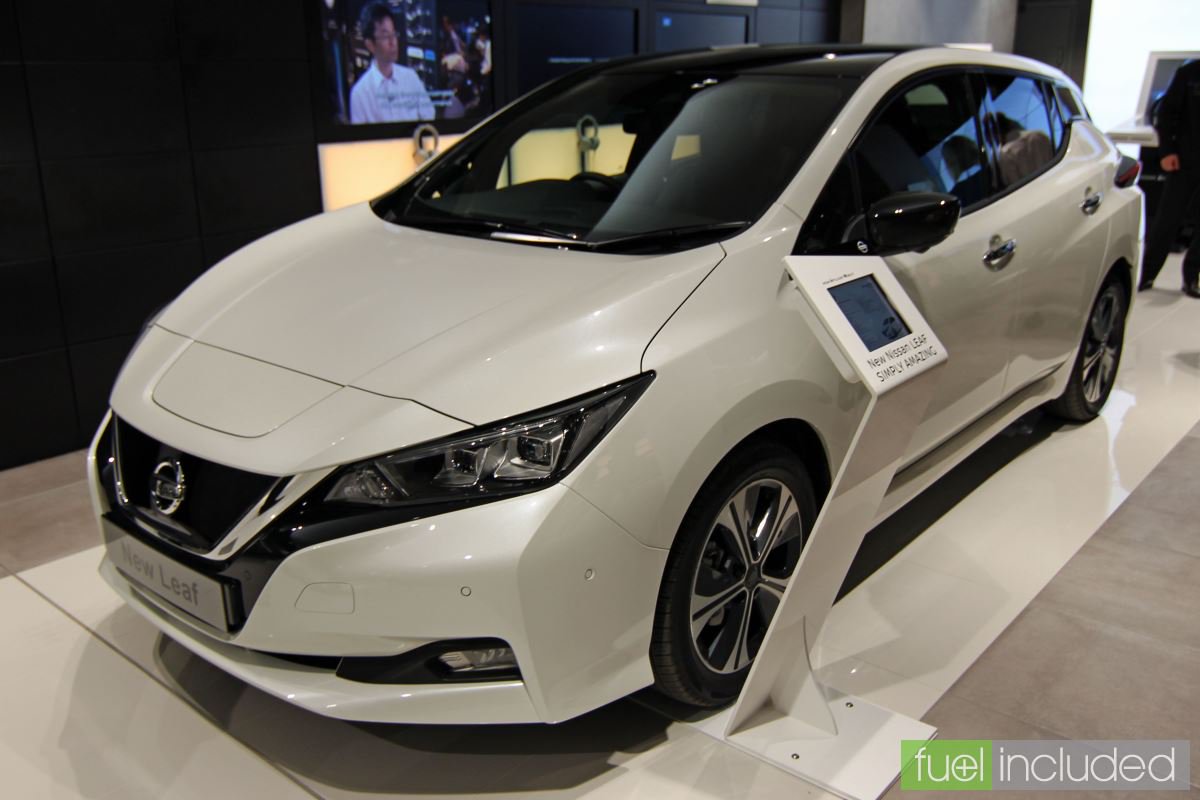You know what they say about cars: once you go self-driving, you never go back.
Or at least that’s my experience after recently spending some time behind the wheel of the 2018 Nissan Leaf. Getting back into my own older car and having to work the steering and pedals myself now seems laborious. First-world problems, right?
The new Leaf’s marquee feature is ostensibly that it’s a fully electric vehicle, but that’s almost old news now given that the Renault-Nissan Alliance offered the first version of the car back in 2010.

Since then, the Leaf has become the most successful EV worldwide, with 310,000 units sold. Its relatively low price compared with competing EVs is a big factor in those results.
Nissan’s ProPilot Assist feature is actually the main attraction here. A single button on the steering wheel activates it, giving the car control over steering, acceleration and braking. It keeps the Leaf centred in its lane and at a constant speed and distance from vehicles ahead on the road.
The system works in two parts, which individually rely on radar housed under the front grill and a camera in the rear-view mirror.
The radar feeds the adaptive cruise-control function by monitoring traffic ahead of the Leaf, which allows it to autonomously adjust speed and following distance accordingly. The camera picks up the contrast between dark road surfaces and light lane markings to keep the Leaf centred.
Both functions can be turned on and off individually, too, depending on your situation and preferences.
Read more: Globe and Mail


